1. Phone Books
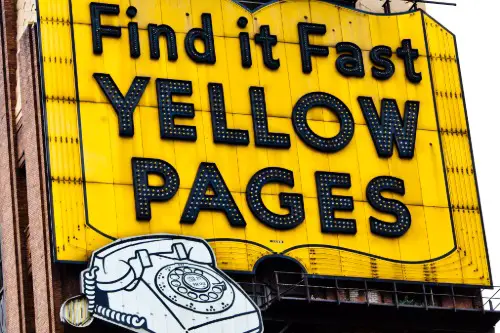
Not too long ago, if you needed a plumber, a pizza place, or your neighbor’s number, the phone book was your go-to. Every year, massive books filled with white and yellow pages landed on doorsteps across America, whether you wanted them or not. People would flip through the pages, squinting at tiny text to find the right number. But with the internet and smartphones, Googling a business or using a contacts app is infinitely faster and more convenient.
Now, phone books are mostly a relic of the past, collecting dust in attics or being repurposed as doorsteps, according to Karen Mansfield from Observer-Reporter. Many companies have stopped printing them altogether, thanks to environmental concerns and dwindling demand. If you do get one, chances are it goes straight into the recycling bin. The only people who might still use them? Maybe your grandparents.
2. Floppy Disks
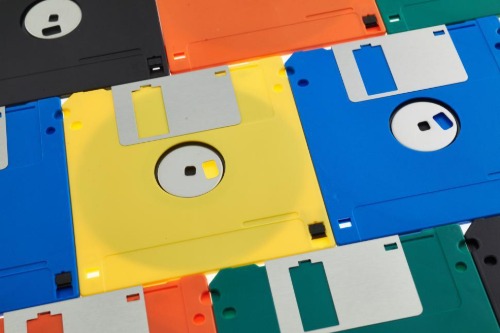
In the 1980s and ‘90s, floppy disks were essential for storing files and transferring data. If you had a computer, you probably had a stack of these lying around, carefully labeled with everything from school projects to game installations. At the time, 1.44 MB of storage seemed like plenty—until technology advanced and that became laughably small, according to Chris Baraniuk from the BBC. USB drives, cloud storage, and external hard drives quickly made floppies useless.
Today, finding a computer with a floppy disk drive is nearly impossible, unless you’re in a tech museum. Even government agencies and businesses that relied on them for decades have finally moved on. If you come across an old floppy, there’s a good chance you have no way to read what’s on it. And let’s be honest, whatever is saved there probably isn’t worth the trouble.
3. Video Rental Store Membership Cards
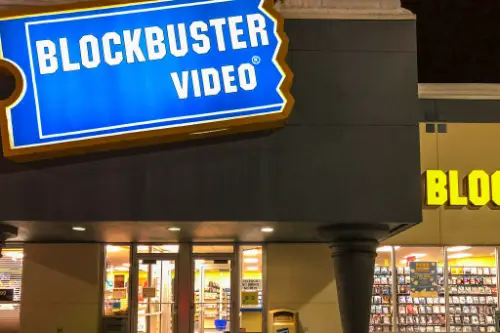
Once upon a time, a Friday night meant a trip to Blockbuster or Hollywood Video to rent a new release on VHS or DVD. You’d roam the aisles, read the back of the boxes, and hope your first choice wasn’t already rented out. Video rental membership cards were a household staple, sitting in wallets right next to driver’s licenses. Late fees were the bane of every forgetful renter’s existence, and rewinding VHS tapes was a must unless you wanted to be charged extra.
Then, streaming services changed everything. Netflix and Hulu made it possible to watch movies instantly, without the hassle of driving anywhere or worrying about due dates. By the early 2010s, most video rental stores had shut their doors, leaving their membership cards as nothing more than nostalgic keepsakes, Kyle MacNeill from The Guardian reports. The last Blockbuster in the world, located in Bend, Oregon, is now more of a tourist attraction than an actual store.
4. Road Atlases
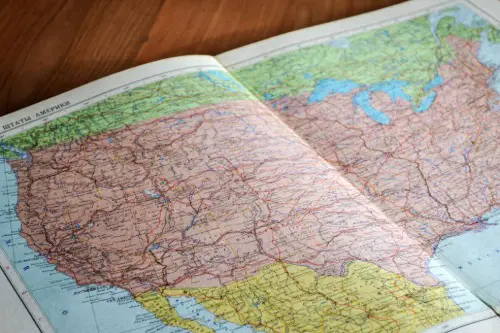
Before smartphones and GPS, road trips required an actual paper map—or better yet, a full road atlas. Families kept them in the glove compartment, marked with highlighter lines from past trips. Unfolding a map while driving (not safe!) or pulling over to check directions was just part of the experience. If you took a wrong turn, you’d have to rely on your own navigational skills or stop and ask for directions.
These days, Google Maps and GPS systems have made road atlases obsolete, according to Greg Miller from National Geographic. Nobody wants to wrestle with a giant, unwieldy map when they can just follow a voice telling them where to turn. Even if your phone dies, most people would rather find a charger than dig through the trunk for an atlas. Unless you’re an old-school traveler or prepping for an apocalypse, paper maps are pretty much history.
5. Ashtrays in Cars
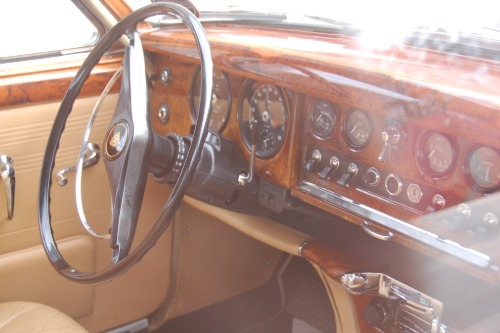
Not long ago, nearly every car came equipped with a built-in ashtray and a cigarette lighter. Smoking was so common that these features were standard, even for non-smokers, according to David K. Israel from Mental Floss. Many people used the lighter for other things—like starting a campfire or burning the end of a frayed shoelace—but the ashtray was usually full of change or random junk. As smoking rates declined and car manufacturers adjusted, ashtrays disappeared from new models.
Today, most cars don’t include ashtrays at all, and the cigarette lighter has been replaced by USB charging ports. People who do smoke just buy portable ashtrays or use their car’s cup holders (which is gross, but it happens). For non-smokers, it’s one less useless compartment taking up space. If you see an ashtray in a car now, you’re probably sitting in something from the ‘90s.
6. Fax Machines
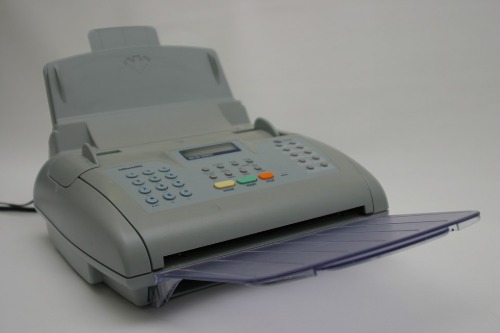
There was a time when fax machines were the height of office communication technology. If you needed to send an important document, you’d feed it into the machine, punch in a phone number, and wait while it made all those screeching noises. The receiving end would print out a slightly smudged version of your original, and if there was a problem, you’d have to start all over again. It was slow, unreliable, and prone to paper jams—but it was the best we had.
Now, email and digital document signing services like DocuSign have made fax machines almost useless. Most businesses have phased them out, though some industries—like healthcare and legal services—still cling to them for security reasons. Even then, digital faxing has taken over, eliminating the need for an actual machine. If you see a physical fax machine today, chances are it’s just collecting dust in the corner of an office.
7. Checkbooks
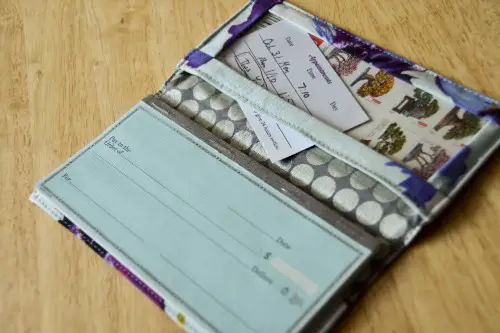
Writing a check was once a routine part of paying bills, buying groceries, or even paying rent. People carried checkbooks everywhere, carefully balancing their finances in the little register at the back. Some stores even had designated “express lanes” for check users, because paying by check was a slow process. If you made a mistake, you’d have to void it and start over, hoping you didn’t run out of checks before your next reorder.
Today, debit cards, Venmo, and online banking have made checkbooks nearly obsolete. Most people under 40 have probably never written a check in their lives. While some landlords and small businesses still accept them, most places prefer digital payments. Unless you’re paying an old-school bill or sending a birthday check to your grandkid, your checkbook probably just sits in a drawer.
8. Rolodexes
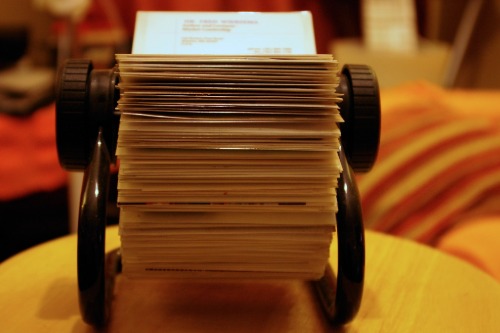
Every office desk used to have a Rolodex—a spinning wheel of business cards and handwritten contacts. If you needed to find someone’s phone number or address, you’d flip through the alphabetical tabs. It was the ultimate tool for networking, keeping all your important contacts in one place. But as digital address books and smartphones became standard, the Rolodex went the way of the dodo.
Today, contact information is stored in emails, CRM systems, and cloud-based apps. Nobody wants to manually update business cards when they can just hit “save” on their phone. Rolodexes now serve as quirky office decor or reminders of how far workplace organization has come. If you actually use one, you’re probably working in a very old-school office—or just love retro office supplies.
9. Alarm Clocks

At one point, everyone had a dedicated alarm clock on their nightstand. Whether it was a loud, clunky digital clock or an old-school model with two bells on top, it was essential for waking up on time. People relied on these alarms to get them to work, school, or important appointments. Then, smartphones came along, and suddenly, alarm clocks became unnecessary.
Now, most people use their phones to set alarms, check the time, and even track their sleep. The only alarm clocks that still sell well are the super-loud ones for deep sleepers or novelty clocks that roll off your nightstand. For the most part, alarm clocks are just collecting dust in guest rooms and hotel nightstands. If you see one, chances are it’s been sitting there unused for years.
10. Carbon Paper
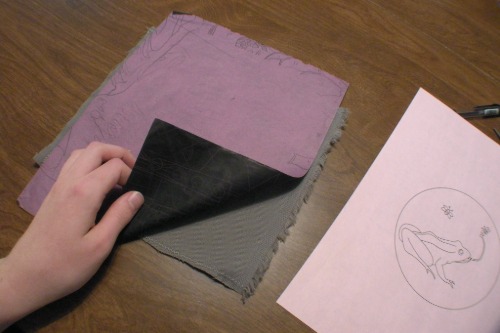
Before photocopiers and digital documents, carbon paper was the go-to method for making duplicates. If you needed an extra copy of a contract, receipt, or invoice, you’d sandwich a sheet of carbon paper between two regular sheets and press down hard while writing. The ink would transfer onto the second page, creating a smudgy but functional duplicate. It was messy, wasteful, and if you made a mistake, you had to start all over again.
Now, printers, scanners, and e-signatures have made carbon paper virtually extinct. Even businesses that used it for decades, like banks and law offices, have switched to digital record-keeping. If you do see carbon paper today, it’s likely in a very outdated office or buried in the back of a supply closet. Most people under 30 have probably never even touched a sheet of it.
11. TV Antennas (Rabbit Ears)
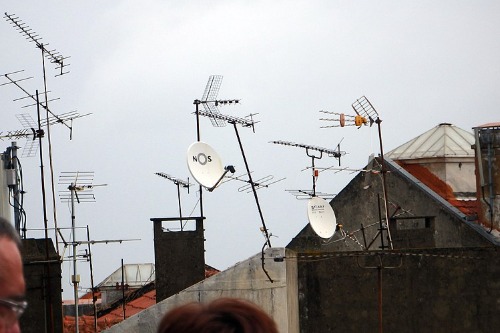
Back in the day, if you wanted to watch TV, you needed an antenna—those metal rods that sat on top of your set. Adjusting them was an art form; sometimes, just holding them in the right spot would clear up the picture. People would wrap them in aluminum foil, move them around the room, or even stand in weird positions to get the best reception. And if the signal went fuzzy? Smacking the side of the TV was a totally acceptable troubleshooting method.
Now, cable, satellite, and streaming services have made antennas unnecessary for most households. While digital antennas exist for people who still want over-the-air channels, the old-school “rabbit ears” are a thing of the past. Most TVs today don’t even have the ports to connect them. Unless you’re watching vintage TV clips, those wobbly metal antennas are nothing but a nostalgic memory.
12. Film Canisters
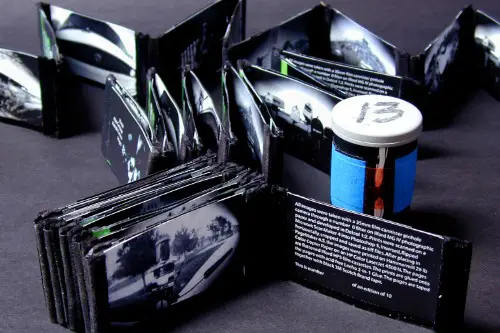
For decades, taking photos meant loading a roll of film into your camera and carefully winding it after each shot. Once you finished a roll, you had to take it to a photo lab, wait a few days, and hope your pictures turned out okay. The little plastic canisters that held film were everywhere—people kept them in junk drawers, camera bags, and even used them for storing small trinkets. But with the rise of digital cameras and smartphones, film photography became a niche hobby rather than a necessity.
Today, most people take pictures on their phones and never think twice about developing them. While professional photographers and vintage camera enthusiasts still love film, the average person has no reason to use it. Film canisters have gone from everyday items to quirky relics of the past. If you find one, chances are it’s been sitting in a box since the early 2000s.


